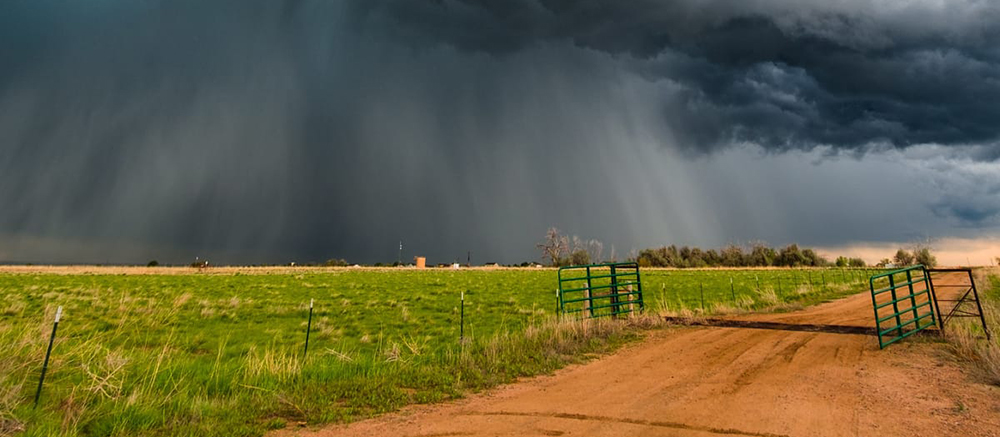Insurance agencies across Minnesota echo a common concern: soaring rates. Whether speaking with a single-company agent or an independent with multiple carriers, the story remains consistent. Rates are increasing universally, primarily due to the need for roof and exterior replacements.
Moreover, several carriers have either ceased operations in Minnesota or imposed moratoriums on new business. Those still accepting new clients are highly selective, favoring those with pristine claim histories. These trends mark “unprecedented” times, according to industry veterans.
The frustration is palpable among agency professionals fielding daily inquiries. Clients question why their premiums rise despite no recent claims, while others face financial strain, unable to reconcile increased premiums with fixed incomes.
The root cause? Blame Mother Nature, particularly hailstorms, which have become a financial burden for insurers. The exponential costs of roof replacements outweigh premium income, leading to unsustainable losses for carriers.

Key Points:
- Universal Rate Increases: Rates are on the rise across the board due to the necessity for roof and exterior replacements.
- Carrier Limitations: Several carriers have ceased operations or restricted new business, favoring clients with clean claim histories.
- Client Frustration: Clients are puzzled by rate hikes despite no recent claims and face financial challenges.
- Impact of Hailstorms: Mother Nature’s hailstorms are financially draining for insurers, leading to unsustainable losses.
Hail-related losses have plagued Minnesota for years, culminating in record-breaking figures in 2022. Despite efforts to adapt, insurance companies brace for further volatility, reflected in rising rates and reduced coverage.
Why are we getting so much hail? That’s a good question, and we asked a meteorologist. Frank Watson is the owner of Watson Weather of White Bear Lake, MN. His company does long-range forecasts, storm reconstruction, and climatology. Watson confirms what meteorologists agree on. There is simply a lot of variability and chance associated with weather. “I don’t think there is any particular reason other than by chance,” says Watson. “Yes, there are more homes and rooftops than ever. The Metro footprint is ever-expanding so the likelihood of the greater metro area experiencing damage is greater. What once was a farm field is now a housing development and there is a lot more chances for losses. Sometimes it’s just a cycle. A few years back, Minnesota led the nation in the number of tornados. That’s very rare.”
What will happen the rest of the summer? Watson says weather patterns often become entrenched and won’t move for weeks, even months. “Sometimes patterns are hard to break, and this just might be the case for the next few months in that major severe storms will stay to the south of Minnesota,” predicts Watson. “Until this pattern changes, we’ll experience less severe weather. If this is the case, the deeper we get into late spring and early summer the atmosphere will become a little less confrontational. The Dog Days of Summer, late July/August may come sooner which will mean less severe weather.” Well, that’s good news.
A lot of people blame global climate change for more severity. Watson qualifies that. “I think the trend is to predict more severe weather and link it to climate change and that very well may be the case, however, it is not always so,” cautions Watson. “Warmer air holds more water increasing the chances for greater rainfall events. The more water in the air, and lift (rising air) you have, the greater chance for hail and if the lift is strong, you can get bigger hailstones.”.
Recent years saw an uptick in weather-related claims, from heavy snowfall to destructive hailstorms like the notorious “Happy Hour” event on August 11. Hailtrace, a company that has tracked hailstorms and weather data for some 90 years, reports that on that day alone, 438,156 homes were hit by 1-inch hail, 189,987 were struck by 1.75-inch hail, and 88,566 were pelted with 2.50 inch or larger hail. Consequently, insurers have tightened claim settlements, leading to more disputes and increased utilization of alternative resolution methods like the Appraisal Process.
Public Adjusters, once more common in coastal states, are now in higher demand in Minnesota, representing homeowners in insurance settlements. However, the sheer volume of claims has overwhelmed adjusters, resulting in delays and quality issues in claim assessments.
Looking ahead, meteorological forecasts predict more severe weather, signaling continued challenges for insurers and policyholders alike. While the future remains uncertain, one thing is clear: premium decreases are unlikely, as insurers strive to recoup losses and adapt to the changing climate landscape.


Leave a Reply